Historian captures Pakistan through majestic photos
In an attempt to recreate a lost era, William Dalrymple traces fallen kingdoms and forgotten manuscripts
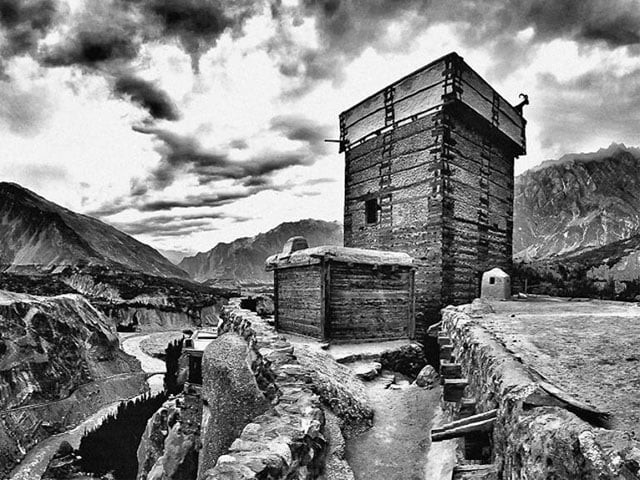
Altit Fort, Hunza. PHOTO: William Dalrymple
William describes the Mughal empire as a "super-centralised, hyper-organised one which fragmented overnight like a mirror dropped from a first-floor window". A collection of photographs from one of William's research trips for his book have surfaced. The images are currently part of his exhibition, The Historian's Eye in Mumbai.
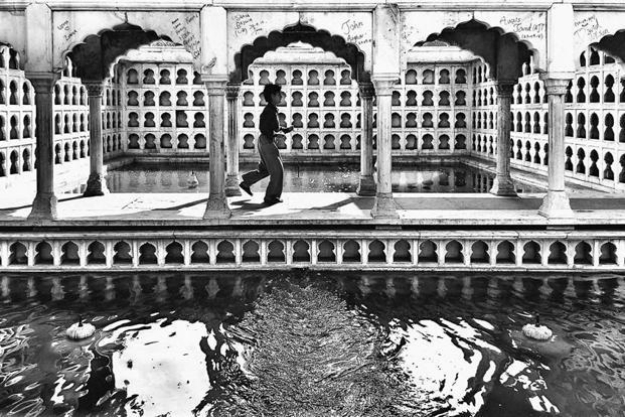 Shalimar Bagh, Lahore. PHOTO: William Dalrymple
Shalimar Bagh, Lahore. PHOTO: William DalrympleThe exhibition is set on the mid-18th and early-19th century, hinging on the tales of the tragic figure, Shah Alam II. While travelling in the emperor's footsteps - literally - William pens Shah as an "ill-fated Mughal emperor".
William travelled from Delhi to Awadh, passing through Bihar and Murshidabad to cross the border and enter Pakistan. In an attempt to recreate a lost era, the 53-year-old historian traces fallen kingdoms, ruined palaces, broken shrines and forgotten manuscripts. Laced with nostalgia, William's photos carry poetic themes.
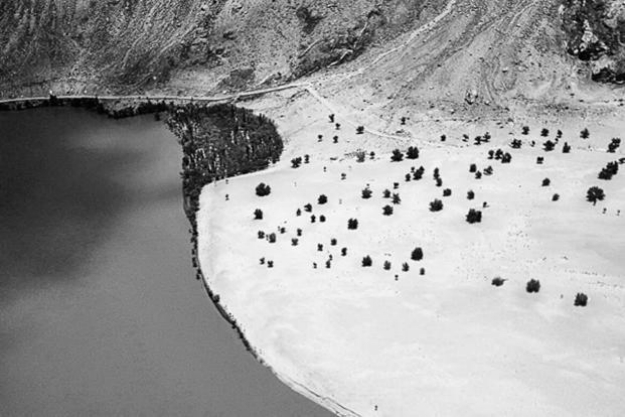 A Bend In The Indus, Gilgit. PHOTO: William Dalrymple
A Bend In The Indus, Gilgit. PHOTO: William DalrympleThe black and white photos depict beautiful landscapes and portraits while at the same time being dark and brooding. Reflecting a quiet fury, the high-contrast images show lone monuments, overcast skies and bare landscapes.
Each photograph portrays drama. With intentionally grained photos, William wishes to create a drama for his viewers that foretells the historical spectacle unraveling in his upcoming book.
 Heading Home, Shyok Gorges. PHOTO: William Dalrymple
Heading Home, Shyok Gorges. PHOTO: William DalrympleIn a photograph titled Heading Home, Shyok Gorges, a boy walking down a rugged hill is dwarfed by the surrounding ranges. William says, "The little boy, who was heading home after reading the namaz in the masjid, is a tiny fragment of this vast landscape that looks somewhat like a baroque apocalypse happening in the sky. When I saw it, I knew that this was a photograph I had to take."
Williams photographs of modern-day Pakistan are as accessible to the viewer as elusive. From the white sands of Gilgit to the huddled Kalash women, there exists an uncanny juxtaposition of people and places in his pictures.
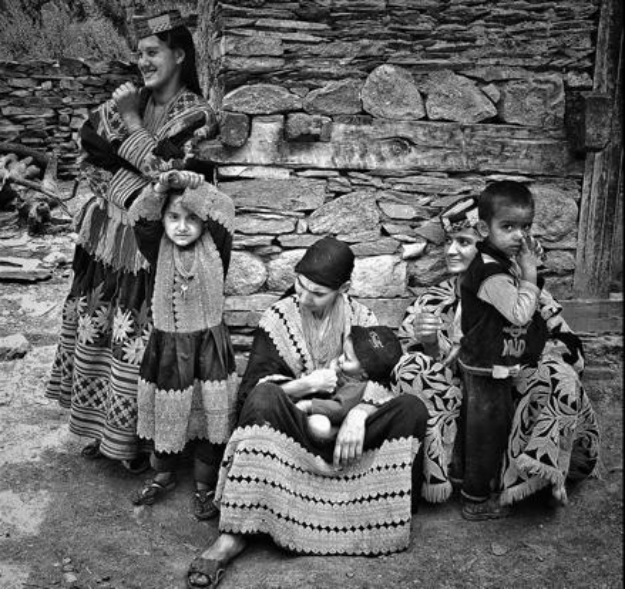 Kalash Women, Chitral. PHOTO: William Dalrymple
Kalash Women, Chitral. PHOTO: William DalrympleThe historian's research took him all across the country. William speaks of his journey, "Before Partition, Lahore was very much the centre of not only Mughal India, but also Ranjit Singh’s kingdom. Places like Skardu in Baltistan, Khaplu on the Indus and Shyok, which no one remembers anymore, were important centres of Indian civilization 200 years ago."
Of all the 51 photographs taken by William, 13 were shot in Pakistan. William mentions, “The exhibition is quite different from my first show which had pictures of America, Tuscany, Iran and Afghanistan. This is a much more focused and precisely framed show about 18th century India - the extraordinary period of the Mughal empire.” Clicked by a phone camera, these photographs will be published in William's book, also titled The Historian's Eye.
 Three Generations, Chitral. PHOTO: William Dalrymple
Three Generations, Chitral. PHOTO: William DalrympleThis article originally appeared on Live Mint.
Have something to add to the story? Share in the comments below.




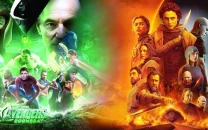














COMMENTS
Comments are moderated and generally will be posted if they are on-topic and not abusive.
For more information, please see our Comments FAQ